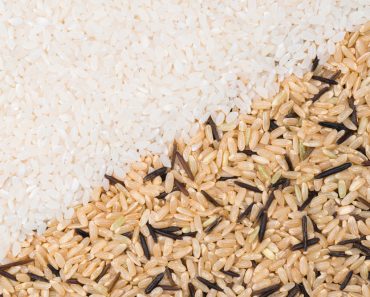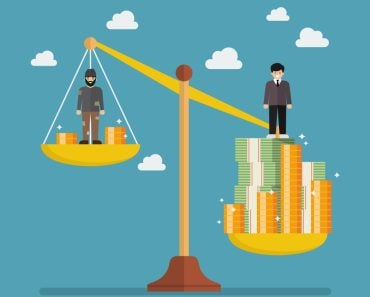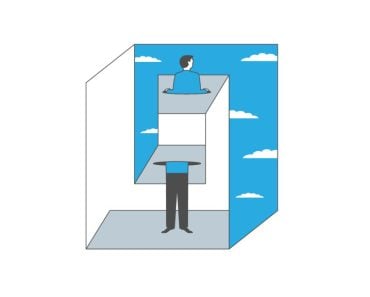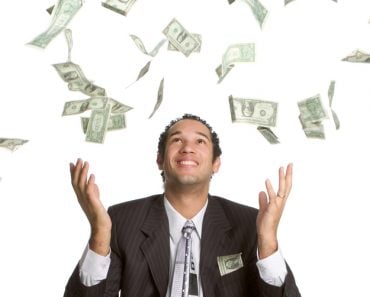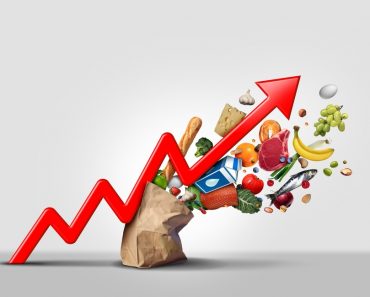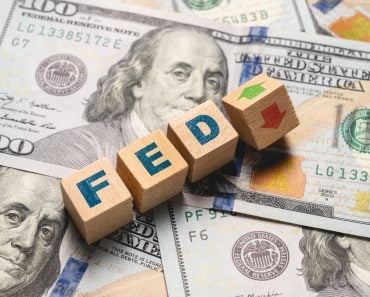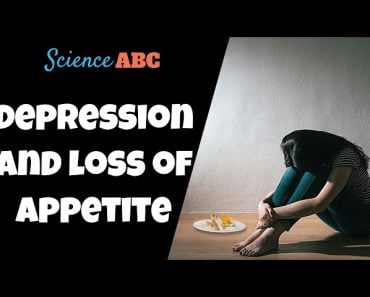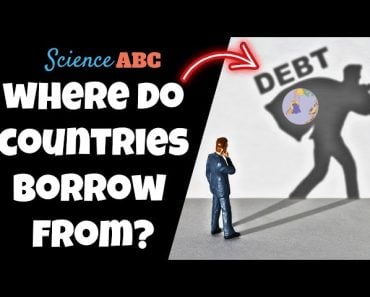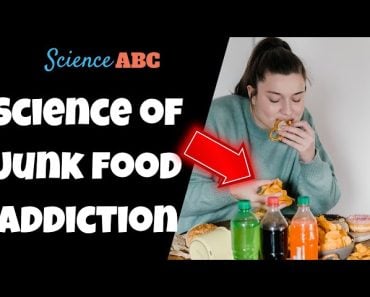Table of Contents (click to expand)
The rich are more likely to save an additional dollar handout than a poor person. This is solely because of low availability of personal disposable income.
There is a highly consistent relationship between the incomes and food expenditures of any household, especially when a household’s income falls into the low-income category, as per the economy’s standard classifications.
In the myriad of theories on family consumption and expenditure, one theory stands out. It was first brought to light by Ernst Engel, a German statistician and an economist. Today, this observation is famously known as Engel’s Law.
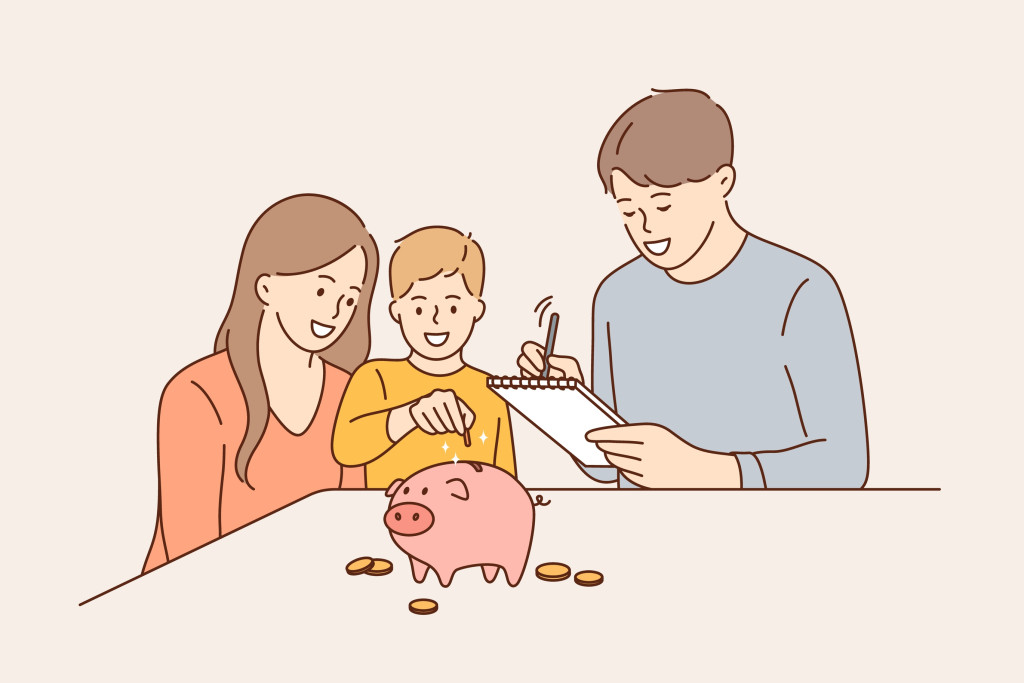
Every family must spend on necessities, such as food, clothing, shelter, healthcare, education, recreation etc. They need to budget accordingly. Ernest Engel conducted an investigation of family budgets 160 years ago. The resultant analysis holds policy relevance to this day regarding issues of poverty.
It is also imperative for every country to study how family budgets are spent across multiple expenditure heads. This study would significantly help governments design policy interventions.
Recommended Video for you:
What Is Engel’s Law?
Broadly, Engel’s Law infers that at lower household income levels, a significant proportion of the income will be spent on food consumption, primarily necessities. In other words, as household income rises, the proportion of income spent on food consumption declines. This decline does not imply that absolute expenditure declines, as it very well may increase, but the proportion of income spent on food (necessities) does decline.
Think about it. Suppose you have a staple diet where you consume wheat and rice as a part of your meals. If your income rises and your preferences stay the same, your consumption will not change. In the same light, if your expenditure on necessary food is about $10 when your income is $100 a month, which is 10% of your income, if your income increases to $200 a month, even if you spend $15, it is 7.5% of your income. Even if you decide to spend $20, it is still only 10% of your income.
As the income of a household increases, expenditure on different types of food items may rise. It is also true that people might shift their eating habits. They might switch to healthier alternatives which may add to their costs.
Comparatively, there will always be a limit on food expenditure, unlike other categories of expenditure, such as consumer durables and luxury items, upon which expenditure increases steadily with rising incomes.
Several assumptions follow while generalizing this tendency, such as family size, food necessities required for survival, and relative food and non-food item prices being the same across both periods. When all these assumptions are held constant, the constant decline of expenditure on food items as incomes rise is hard to ignore.
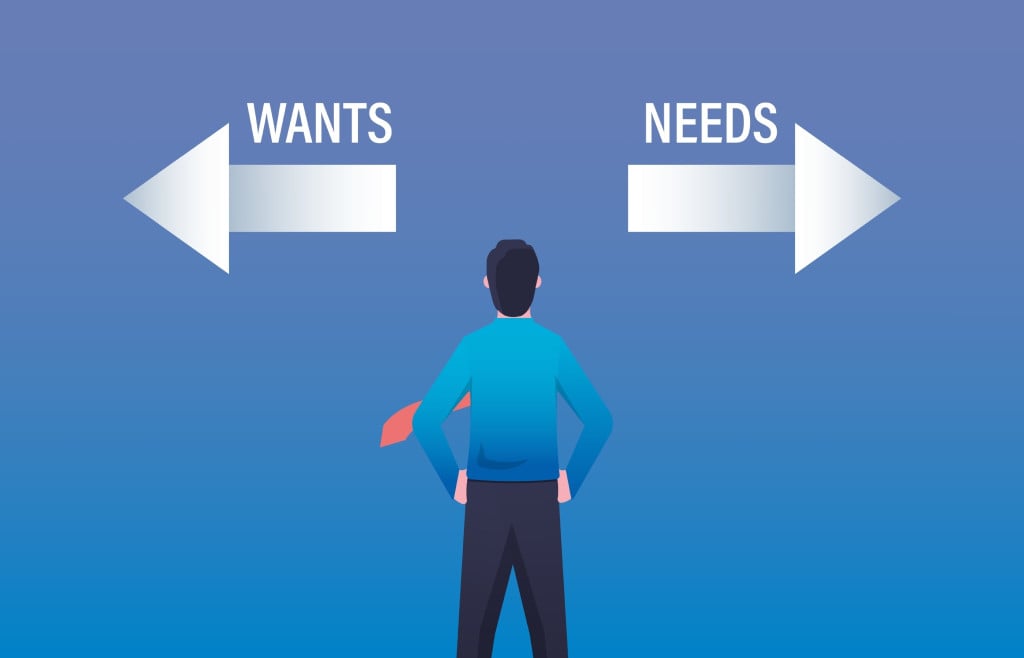
Furthermore, the income elasticity of necessary items like staple food is less than 1. This means that as incomes rise, the proportion of expenditure on food remains unlikely or less likely to change.
Generally, items are said to be income elastic when a slight change in income causes the buyer to switch their expenditure pattern. For instance, luxury goods are often said to be income elastic. This is because a slight change in the buyer’s income might lead them to switch their brand choice or abandon the purchase of a given product. This is different for necessities, as food is required for subsistence.
What Is A Rich Vs. Poor Person More Likely To Do With An Additional Dollar?
Every additional dollar a person gains will likely be spent on consuming necessary food until that household attains a certain minimum income threshold. This is the minimum income threshold required for their survival.
Every nation defines income limits and categorizes earners in fixed categories. The most apparent categories are high-, medium- and low-income earners. These limits vary from country to country. This categorization helps in identifying spending patterns and targeting interventions accordingly.
Since low-income individuals tend to have low levels of disposable income, they are more likely to focus on meeting their current consumption needs. Hence, it is expected that they would spend any additional dollar tending to their immediate needs.
Comparatively, high-income earners, as a result of having high personal disposable income, always have a choice on what they can do with an additional dollar. They can choose to spend it or save it.
Low-income earners are constantly robbed of this choice, as they are still at subsistence living standards.
This is not to conclude that all low- or high-income earners will spend their incomes on consumption; these observations are for an average low- or high-income earner. Exceptions exist on both extremes. A high-income earner could be a spendthrift, while a low-income earner might be extremely frugal and, having had the experience of financial insecurity, might end up saving it.
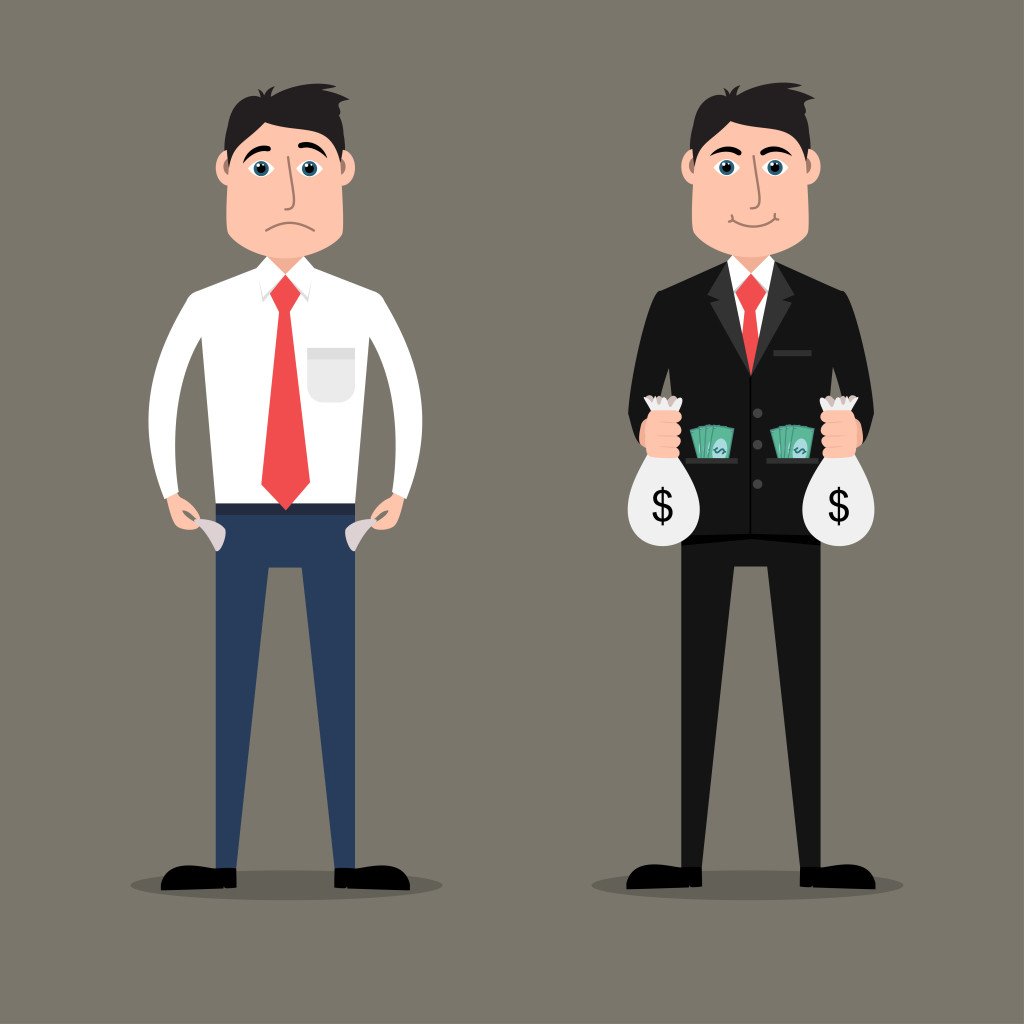
These observations also have policy implications when governments decide whether to give tax incentives to high-income vs. low-income earners. High-income earners are more likely to pocket the benefits they receive in such an instance, or invest it for even higher returns.
On the other hand, a handout to a low-income earner will lead to an uptick in demand, which might kick-start the economy’s investment cycle. As demand spurs, avenues for investment open things up for competition among potential suppliers.
Similarly, when the government needs to decide which category of goods to tax, taxing food necessities may receive backlash, as opposed to more taxation of luxury items. If the tax levied is too high, governments might have to roll out food programs to supplement the nutritional needs of people who cannot afford these necessities.
A contextual study of family budgets becomes significant when designing economic interventions, as it represents an essential insight into consumer behavior. Engel has acquired an immortal reputation for his observations by studying 199 family budgets across Europe. His law has also been tested with data in developed and emerging countries. No one has contested it thus far, and it holds with empirical data to this day.

